Types of Millets: In recent years, there has been a growing interest in exploring alternative grains that offer numerous health benefits. One such group of grains that has gained significant attention is millets.
Millets, characterized by their small-sized seeds, are extensively grown across diverse regions worldwide, encompassing Asia, Africa, and select parts of Europe.
These ancient grains have been consumed for centuries and are known for their exceptional nutritional value and versatility in culinary applications.
Table of Contents
Types of Millets
In this comprehensive article, we will delve into the various types of millets, highlighting their unique characteristics, health benefits, and culinary uses.
1. Pearl Millet (बाजरा)
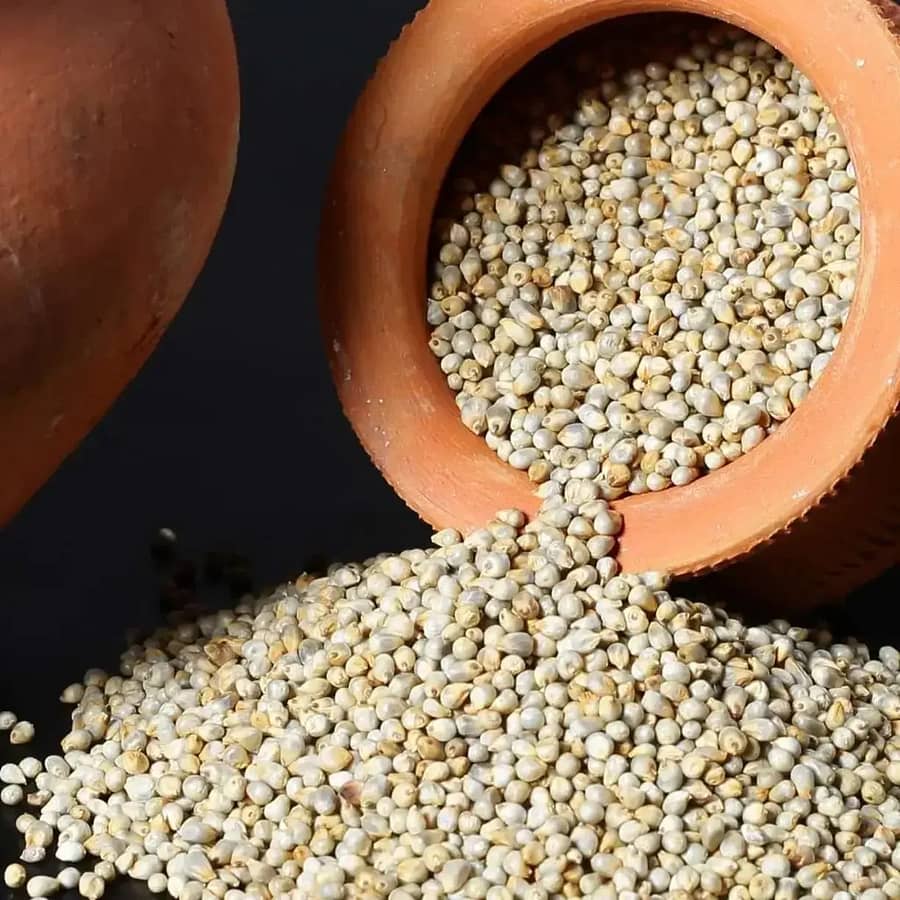
Pearl Millet (बाजरा)
Let’s start with pearl millet, also known as Bajra. It is one of the most widely cultivated millet varieties globally. Pearl millet is a rich source of dietary fiber, protein, and essential minerals such as iron, magnesium, and phosphorus. Its high fiber content aids in digestion and helps prevent constipation.
Additionally, pearl millet is gluten-free, making it an excellent choice for individuals with gluten sensitivities or celiac disease. This millet variety is commonly used to make flatbreads, porridges, and even alcoholic beverages.
2. Finger Millet (रागी)
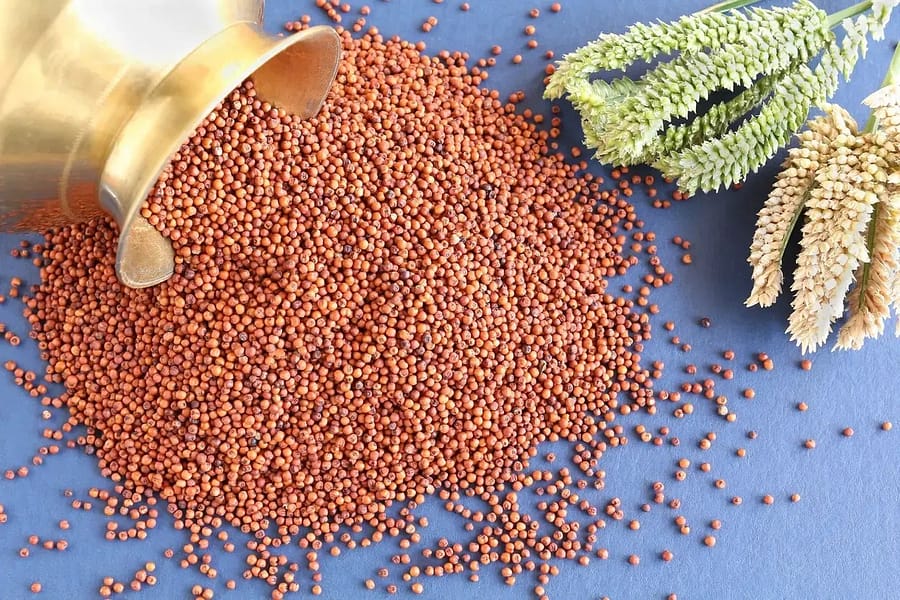
Finger Millet (रागी)
Finger millet, also called Ragi, is a highly nutritious millet that has gained popularity due to its numerous health benefits. It is a remarkable source of calcium, making it an ideal grain for promoting healthy bones and teeth.
Additionally, finger millet is rich in antioxidants and dietary fiber, which aids in digestion and promotes a healthy gut. This millet variety is commonly used to make traditional dishes like dosas, porridges, and malt-based beverages.
3. Foxtail Millet (कंगनी बाजरा)
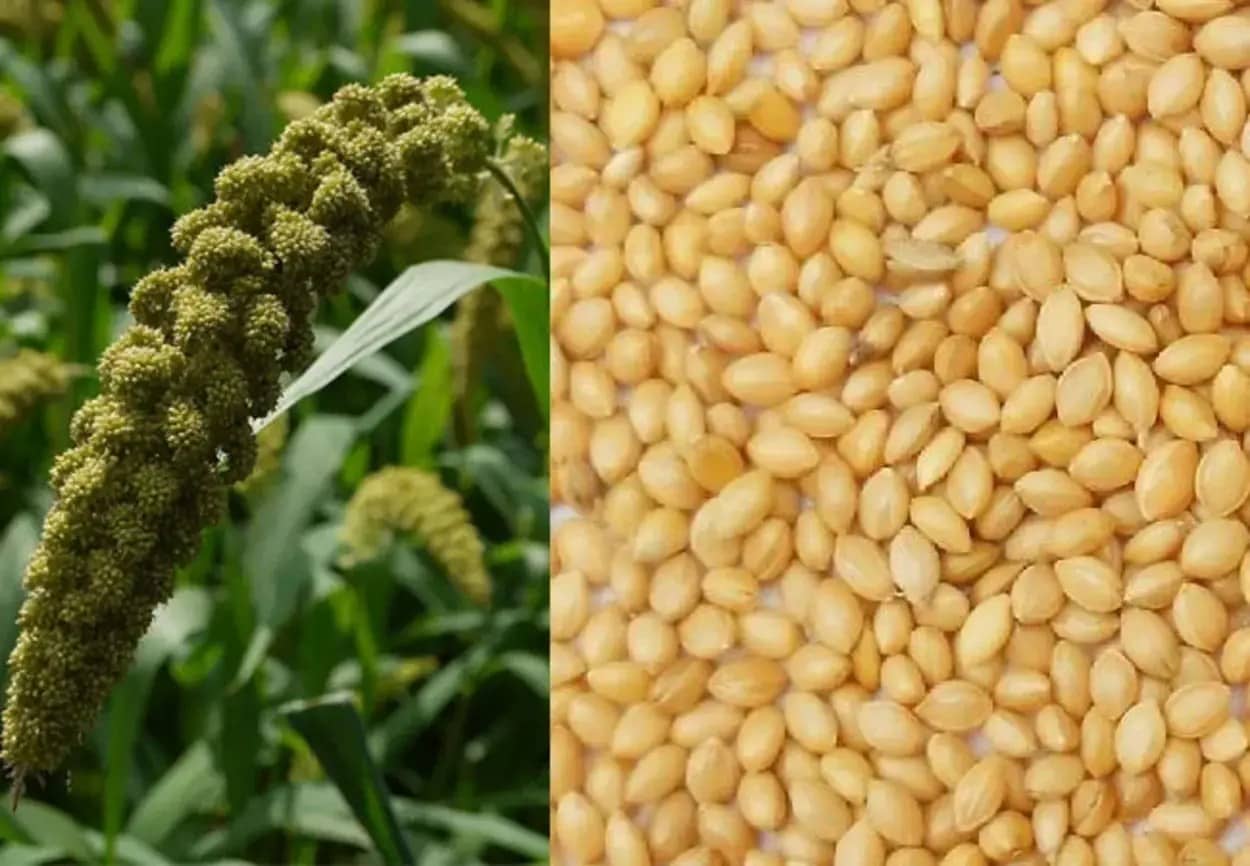
Foxtail Millet (कंगनी बाजरा)
Next on our list is foxtail millet, known as Kangni in some regions. Foxtail millet is a gluten-free grain that is packed with essential nutrients. It is a good source of carbohydrates, proteins, dietary fiber, and minerals such as iron and magnesium.
The high fiber content in foxtail millet aids in weight management, controls blood sugar levels, and reduces the risk of heart disease. This millet variety can be used in various dishes, including rice substitutes, upma, and khichdi.
4. Barnyard Millet (सांवा या सनवा बाजरा)
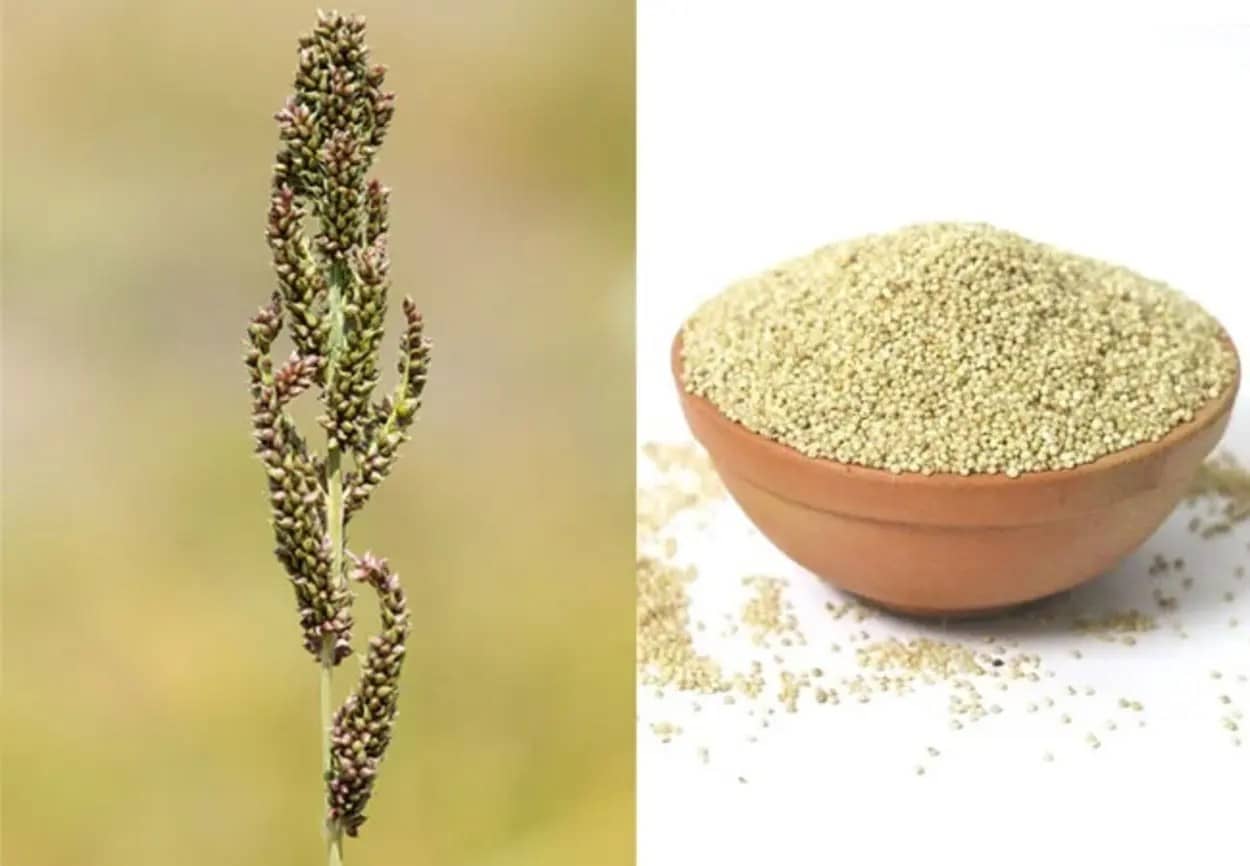
Barnyard Millet (सांवा या सनवा बाजरा)
Barnyard millet, also known as Sanwa or Samvat rice, is another popular millet variety. It is a gluten-free grain with a low glycemic index, making it suitable for individuals with diabetes or those looking to manage their blood sugar levels.
Barnyard millet is a rich source of dietary fiber, phosphorus, and calcium, promoting overall bone health. This millet variety is commonly used to prepare upma, pulao, and porridge.
5. Kodo Millet (कोदो बाजरा)
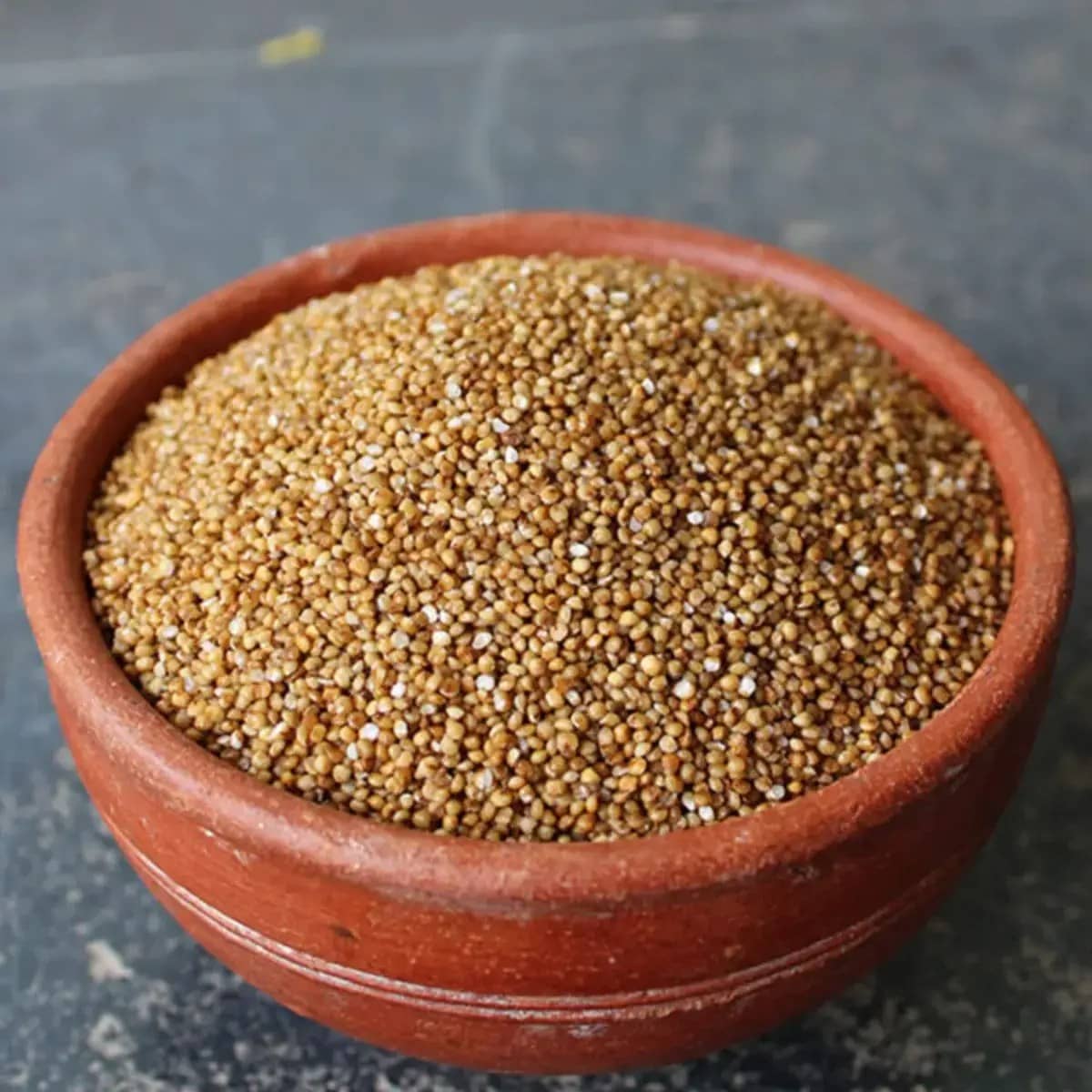
Kodo Millet (कोदो बाजरा)
Kodo millet, known as Varagu in some regions, is a highly nutritious millet variety with a rich flavor profile. It is rich in antioxidants, dietary fiber, and essential minerals such as iron and zinc.
Kodo millet is considered a good grain for weight management, as it aids in digestion, provides a feeling of fullness, and helps regulate blood sugar levels. This millet variety can be used in various dishes, including biryanis, khichdi, and salads.
6. Little Millet (सामा , कुटकी)
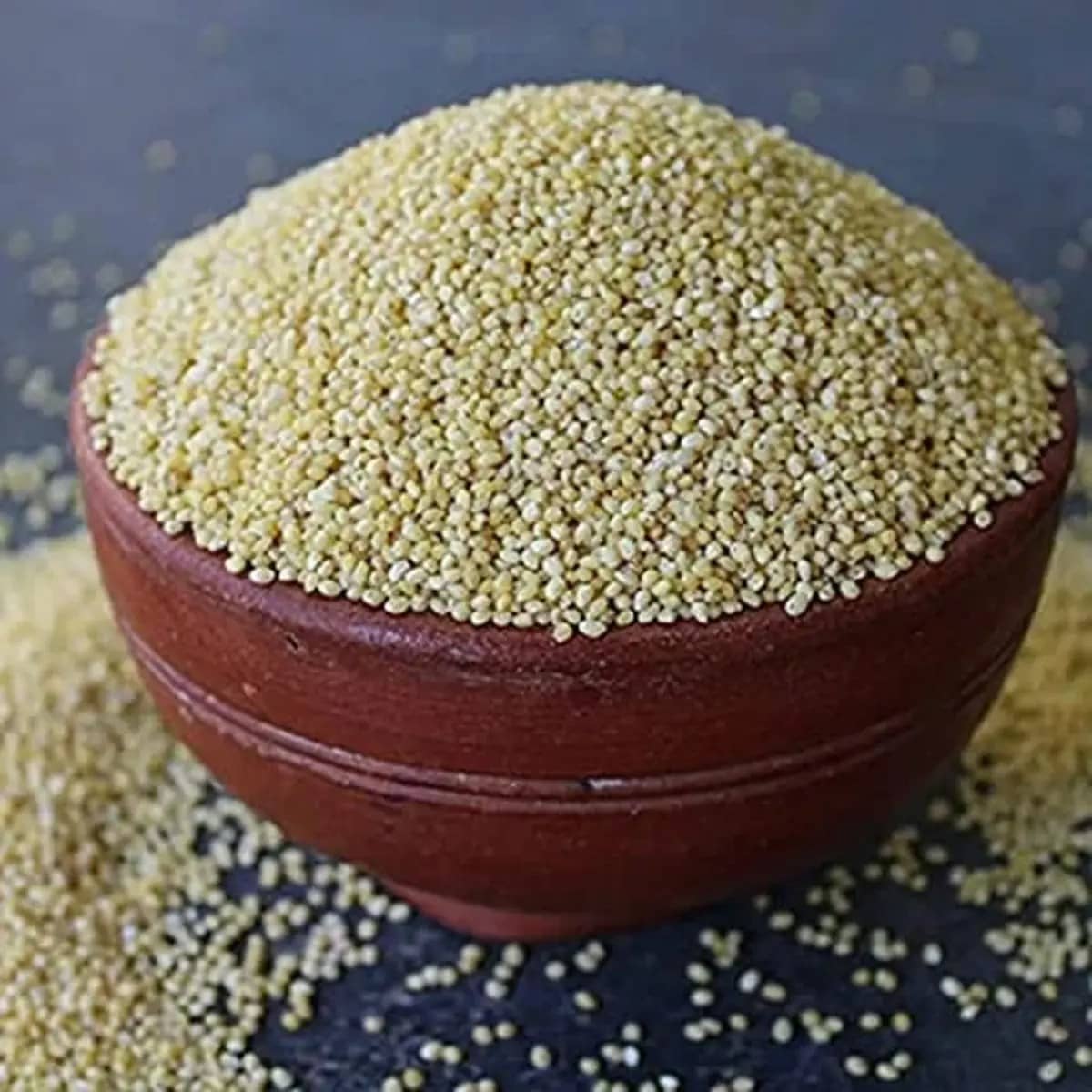
Little Millet (सामा , कुटकी)
Little millet, also called Kutki or Saamai, is a small-grained millet with a mild flavor. It is a rich source of dietary fiber, iron, and magnesium.
Little millet helps in maintaining healthy cholesterol levels and supports cardiovascular health. This millet variety is commonly used in making pulao, upma, and desserts.
7. Proso Millet (पुनर्वा बाजरा)
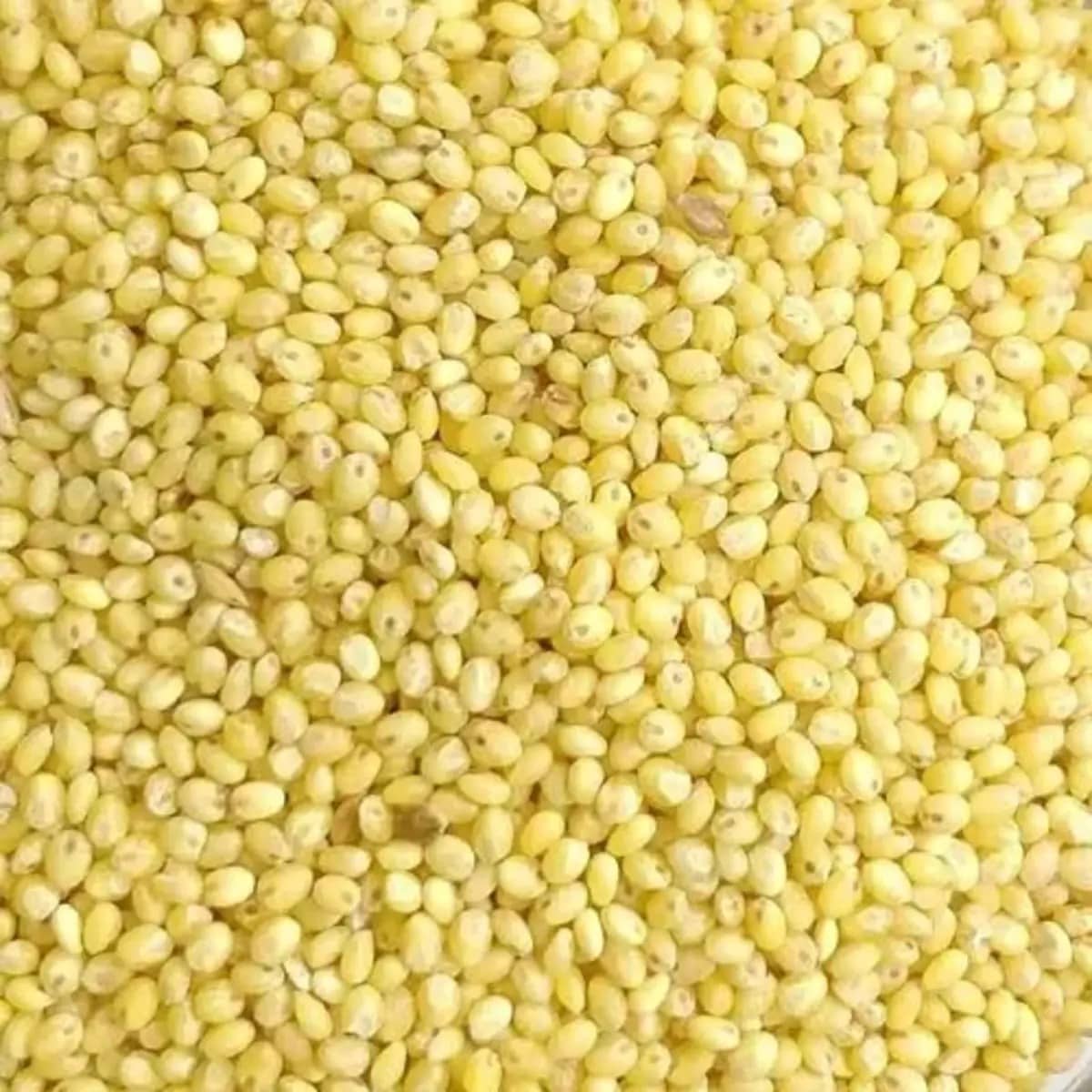
Proso Millet (पुनर्वा बाजरा)
Proso millet, recognized by names like white millet or broomcorn millet, is a grain celebrated for its versatility and abundant nutritional value. It is rich in antioxidants, vitamins, and minerals such as copper and phosphorus.
Proso millet is gluten-free and easily digestible, making it a suitable option for individuals with dietary restrictions or sensitive stomachs. This millet variety can be used in a wide range of dishes, including soups, salads, and baked goods.
8. Browntop Millet (छोटी कंगनी / हरी कंगनी बाजरा)
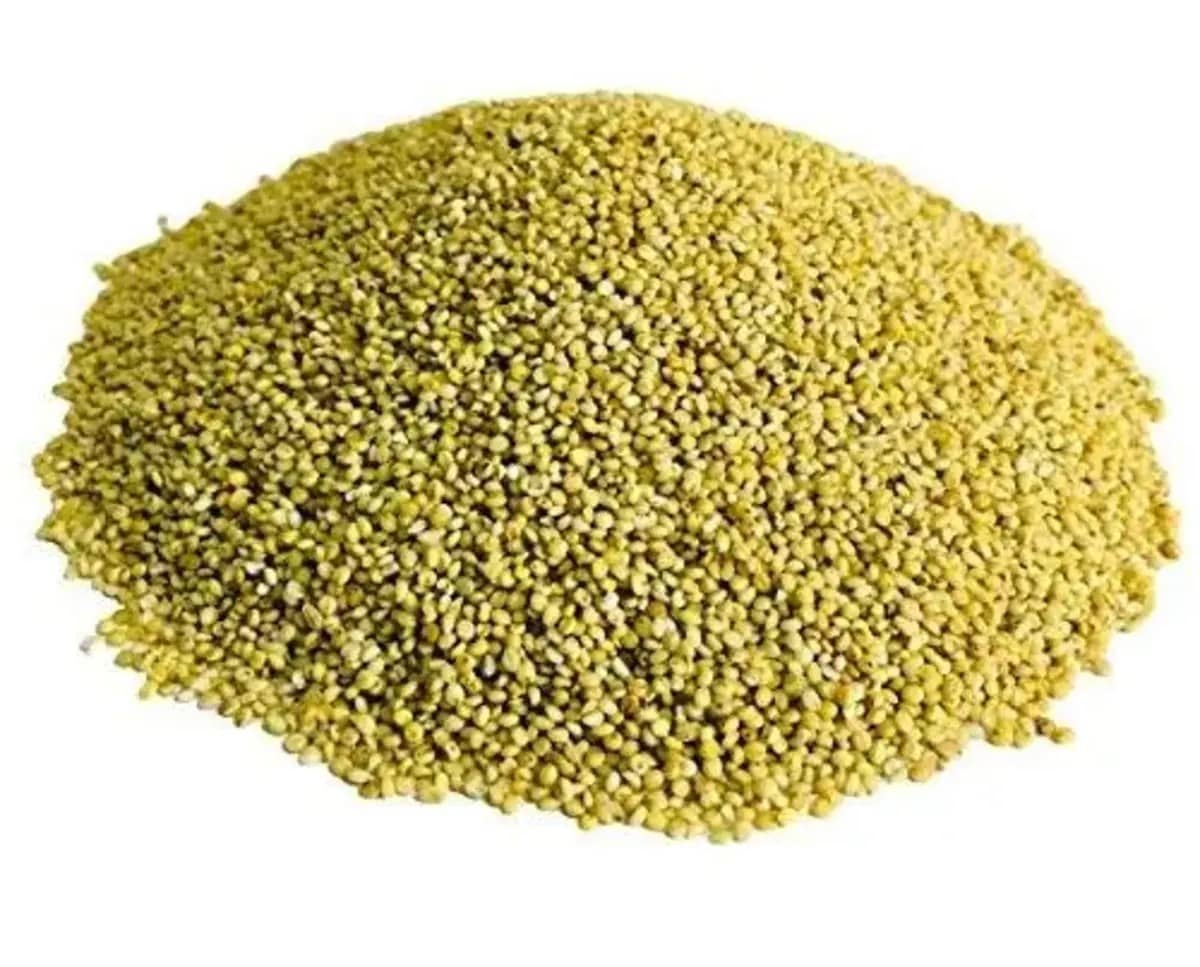
Browntop Millet (छोटी कंगनी / हरी कंगनी बाजरा)
Browntop millet, also called Korale or Andu Korale, is a lesser-known millet variety that deserves recognition for its nutritional value. It is rich in dietary fiber, antioxidants, and micronutrients like iron and zinc.
Browntop millet promotes digestive health, supports weight management, and enhances immune function. This millet variety is commonly used in the preparation of porridges, upma, and side dishes.
Here are some frequently asked questions (FAQs) about millets:
FAQs about Millets
Remember, if you have any specific concerns or dietary restrictions, it is always best to consult with a healthcare professional or a registered dietitian before making significant changes to your diet.
Conclusion
Millets are a diverse group of ancient grains that offer exceptional nutritional benefits. From pearl millet to barnyard millet, each variety has its own unique characteristics and culinary uses.
These gluten-free grains are packed with fiber, protein, vitamins, and minerals, making them an excellent choice for a healthy and balanced diet. Incorporating millets into your meals can enhance digestion, support weight management, and contribute to overall well-being.
So, why not explore the world of millets and experience their delicious flavors and health benefits firsthand? Start incorporating millets into your diet today and embark on a journey towards a healthier lifestyle.
Types of Millets
Read: The Best Natural Remedies for Acidity (Alleviating Acidity) Symptoms

2 thoughts on “8 Types of Millets: A Nutritional Powerhouse for a Healthy Lifestyle”